
Comics We Love: Jim Henson’s ‘Tale of Sand’

Before he became famous for his work on Sesame Street and The Muppets, Jim Henson was a veritable Jack-of-all-trades in the artistic field. During the '60s, Henson was not only a master puppeteer; he was a photographer, made television commercials, dabbled in music, created at-home animated movies, and crafted screenplays with writer and friend Jerry Juhl. Towards the end of the pair's experimental period, Henson and Juhl developed a feature-length film project titled Tale of Sand. Due to a variety factors, particularly the growing success of The Muppets, the film was never made.
Over forty years later, comic publisher Archaia Entertainment has partnered with The Jim Henson Company to bring a graphic-novel interpretation of Tale of Sand to the market. Drawn by Ramón Pérez, the mostly wordless comic is a fantastic voyage inside yet another incredible world of a creative genius who is no longer among us.
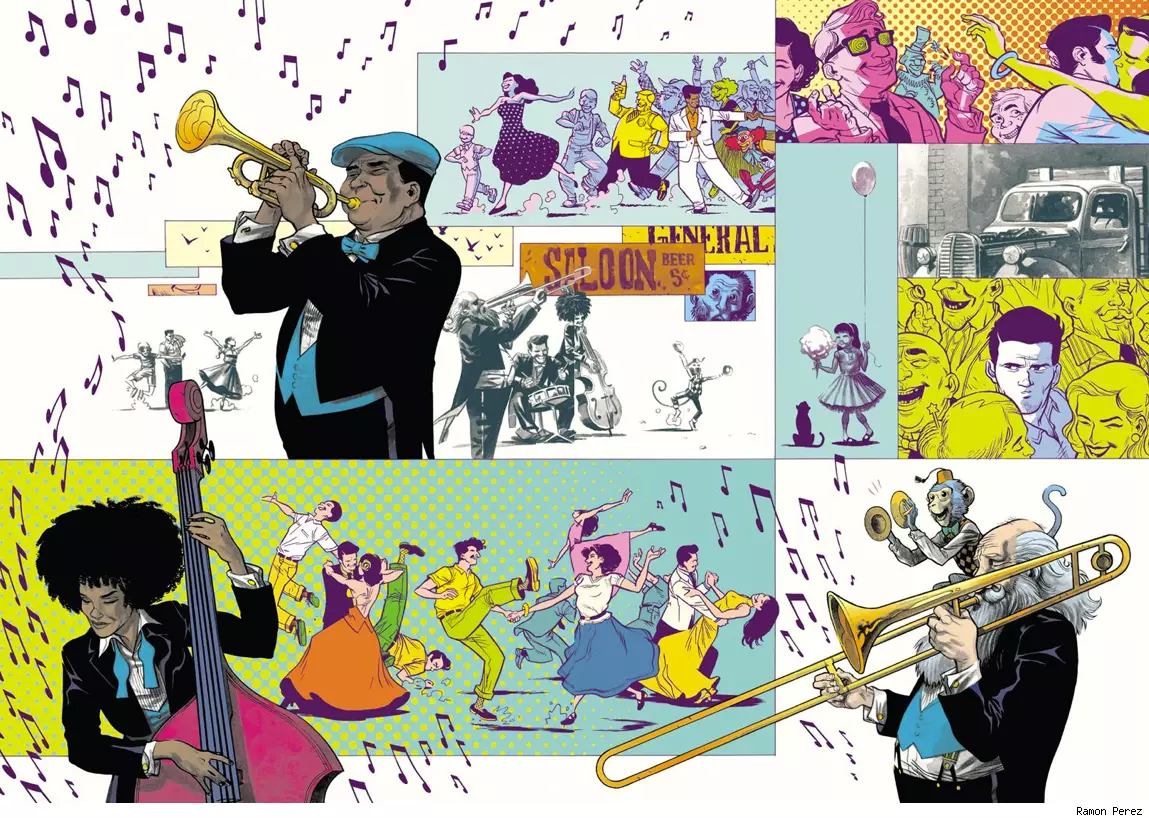
Tasking webcomic artist Pérez (Kukuburi) with Tale of Sand was a potentially risky move; outside of work on occasional issues for Marvel and DC, Pérez hasn't been a lead artist on the sort of titles that usually garner wide industry attention. Thankfully, Pérez's style in Tale of Sand is a perfect match for Henson and Juhl's script. Cartoonish, yet grounded in realistic ratios and features, Pérez has captured the absurdist humor Henson would have likely used in a movie that called for real world actors, not puppets or animation.
The story in Tale of Sand, if there is one, is of a young man on a strange quest in the desert of the American Southwest. It's a tale that makes the reader emote more than reflect, and unlike a standard exposition-to-dénouement narrative format, there is no conclusion in the book, no spiritual growth of the cast, only an experience that the audience must interpret as the main character continues on his journey.

Henson also created (and starred in) an Academy Award-nominated short film in 1965 called Time Piece, and many of the tropes in the short are apparent in Tale of Sand. Fast-paced, non-linear and abstract, Time Piece seemed to be experimenting with techniques that young filmmakers in France had begun using only a few years earlier when he first created Time Piece.
As the foreword in Tale of Sand notes, the original screenplay was also based on Henson and Juhl's hour-long television special The Cube, which was originally written in 1966, but not aired on NBC until 1969. If Time Piece was a more colorful take on French New Wave, then The Cube was like some a bizarre and much darker sibling of The Monkees, with a plot centered around a man trapped in a doorless, windowless white room. As you can see from the clip below, the fact that things like The Cube aired on national television is probably a testament to much easier it was to get good LSD back then.
Although it probably wouldn't have been as ground-breaking or as visionary at George Lucas's THX 1138, if Tale of Sand might very well may have stood alongside some of the comedic brillance produced by Monty Python if it had been produced as a film. As it stands, the graphic novel adaptation of Henson and Juhl's unfinished feature film is expertly interpreted by the artwork of Pérez, and falls delightfully between the color palette and introspection of Asterios Polyp and the whimsical realm of Alice in Wonderland.
Purchase Jim Henson's Tale of Sand at your local comic shop as soon as you get the chance.
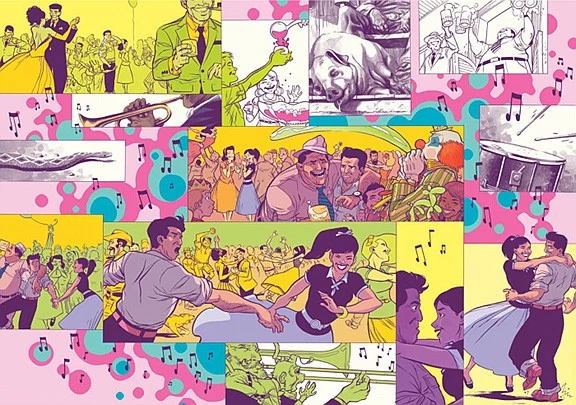
More From ComicsAlliance
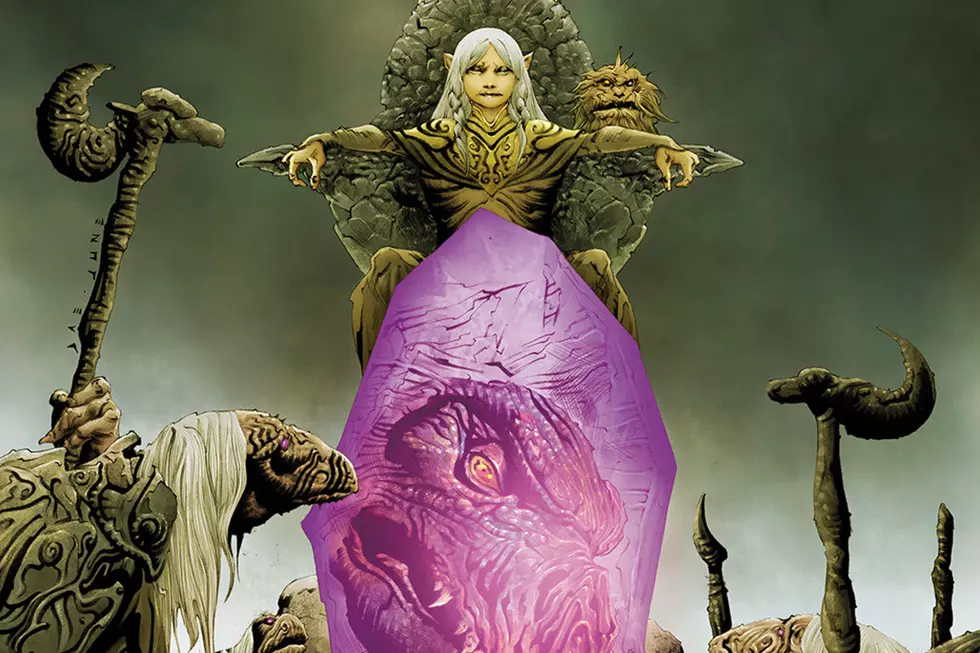
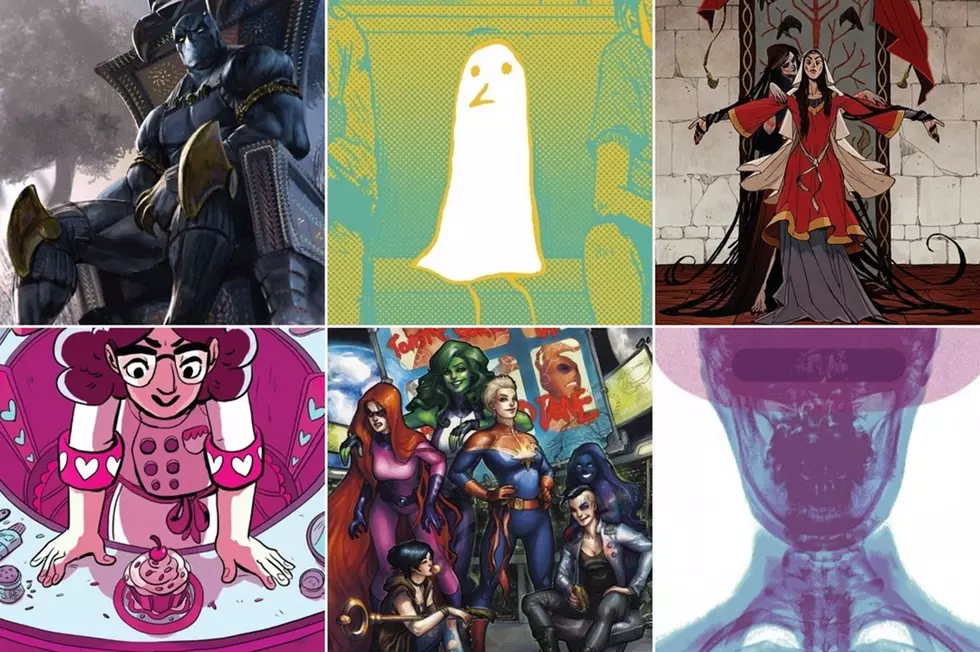
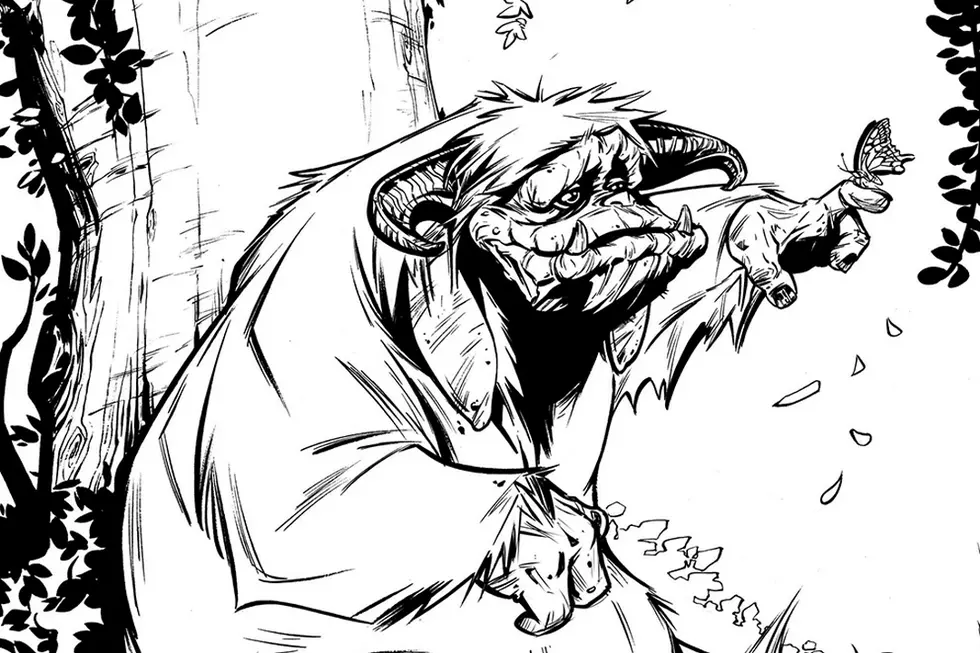
![Archaia To Release ‘Mouse Guard Coloring Book’ In October [Exclusive Preview]](http://townsquare.media/site/622/files/2016/04/Mouse-Guard-Featured.png?w=980&q=75)
![Archaia To Release ‘Mouse Guard: Art of Bricks’ Hardcover [Exclusive]](http://townsquare.media/site/622/files/2016/02/Mouse-Guard-Featured.png?w=980&q=75)


![Exclusive: Witches Rule in Scott, Matthews & Matthews’ ‘Toil And Trouble’ #1 [Preview]](http://townsquare.media/site/622/files/2015/08/ToilAndTrouble_feat.jpg?w=980&q=75)

